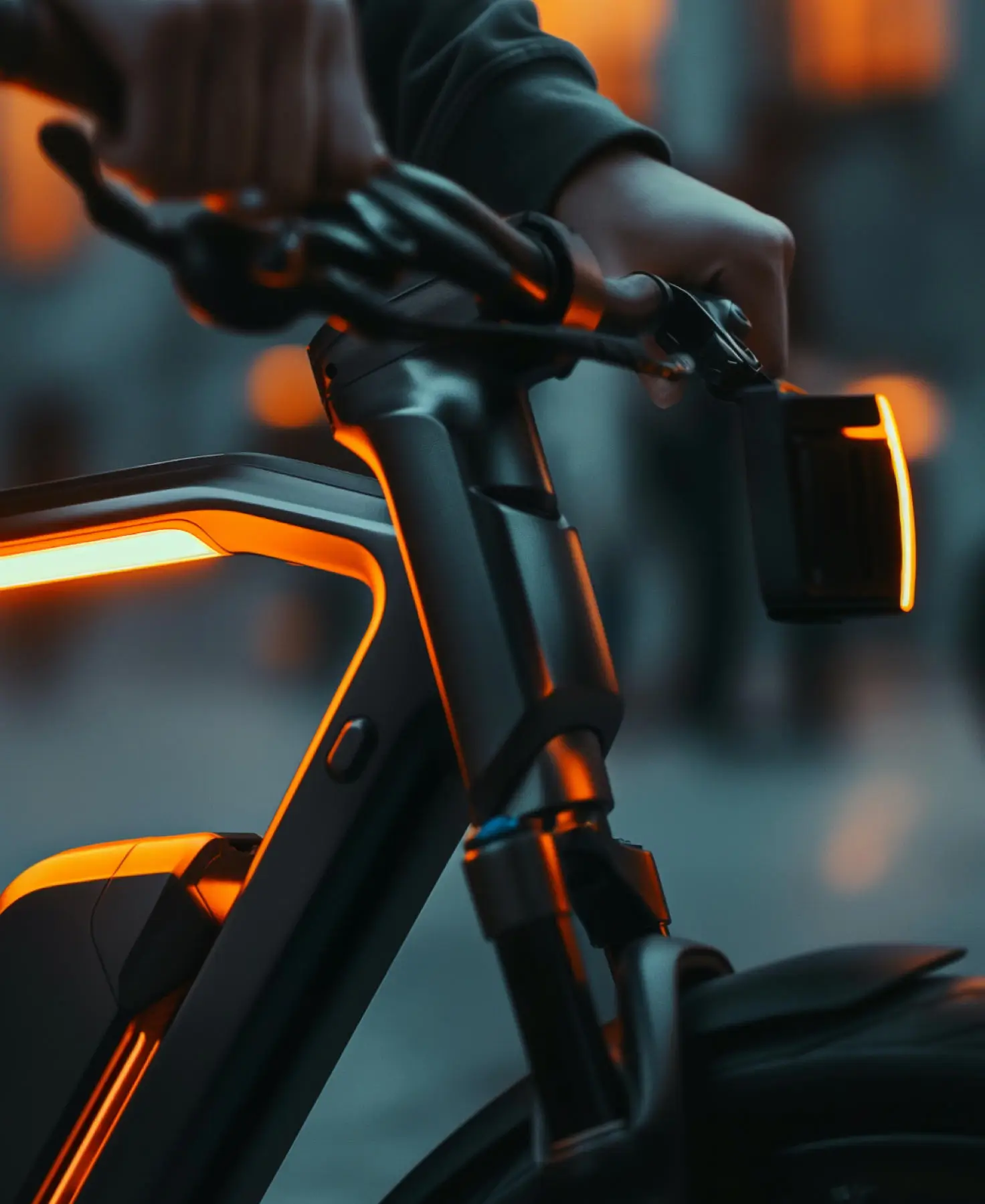
With millions of websites competing for attention, artistry in design is a key differentiator. Unique and creative designs set a brand apart and create a lasting impression. 3D websites are like "walk into" a website, exploring its content in a 3D environment, much like navigating a virtual world.
Have you noticed how websites are becoming more immersive and engaging? That’s thanks to 3D web design, which is taking the digital world by storm. As we step into 2025, 3D design isn’t just a novelty anymore—it’s the future of how we experience the web. Let’s talk about the trends you should keep an eye on and why they matter.
Good design is about more than aesthetics. Visitors should be able to find what they’re looking for quickly, without frustration. Logical layouts, clear call-to-action buttons, and mobile-friendly responsiveness make for a seamless user experience, keeping visitors engaged and reducing bounce rates.
Design directly impacts your website’s ability to convert visitors into customers. A user-friendly layout, compelling visuals, and clear calls-to-action make it easier for users to take the next step. Small design tweaks, like optimizing button placements or simplifying forms, can significantly improve conversion rates. A well-designed website automatically adapts to different screen sizes, ensuring a consistent and enjoyable experience for all users, regardless of the device they use.
Every pixel matters. Just as an artist carefully selects each stroke of a brush, we do the same—from button placements to hover effects—to create a cohesive and engaging experience. These small details can make the difference between a visitor staying or leaving your site. Artists create with their audience in mind, and we are no different. We study your target audience, understanding their preferences, needs, and behaviors, to create the perfect design.
The exciting trend is interactive 3D interfaces. You know those moments when you can rotate a product on a website or zoom in to see every little detail? That’s what we’re talking about. These elements don’t just look cool; they make the experience more fun and engaging, turning visitors into loyal customers. AI is stepping in to make 3D design personal. It could be something like a virtual avatar that matches your preferences or customized product suggestions based on your browsing history. It’s like having a personal stylist for your online experiences.
Functionality is another critical aspect of futuristic design. Websites with a forward-looking approach are built to handle advancements in technology and shifts in user behavior. For example, responsive and adaptive designs ensure that websites perform seamlessly across emerging devices, from smartphones and tablets to wearables and smart appliances. By anticipating technological shifts, businesses can avoid frequent redesigns, saving time and resources.
Advances in rendering technologies, such as WebGL and real-time ray tracing, are making it possible to create hyper-realistic 3D elements. Websites can now feature lifelike products, environments, and simulations that provide users with near-tangible experiences.
Augmented Reality (AR) and Virtual Reality (VR) are merging with 3D web design to redefine interactivity. Web-based AR/VR solutions allow users to interact with 3D elements in real-time, bridging the gap between physical and digital spaces.
One of the challenges of 3D web design has been performance issues, especially on mobile devices. In 2025, the focus is on optimizing 3D assets for speed without sacrificing quality. Tools like Three.js and A-Frame are enabling developers to create lightweight yet stunning 3D visuals.
So, there you have it. The future of 3D web design is all about creating experiences that are immersive, personal, and sustainable. Whether you’re a business owner or a creative professional, now’s the time to dive into the world of 3D design. Trust me, it’s going to be an exciting journey!